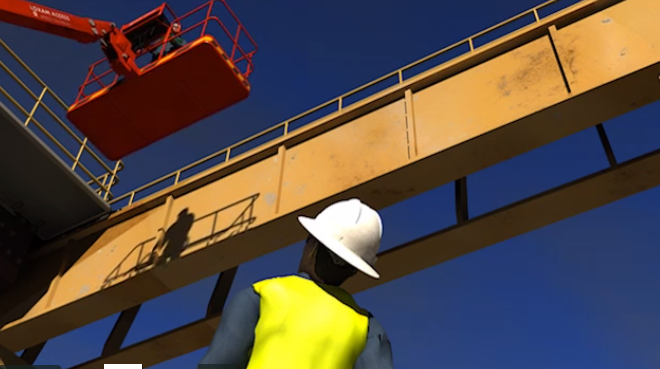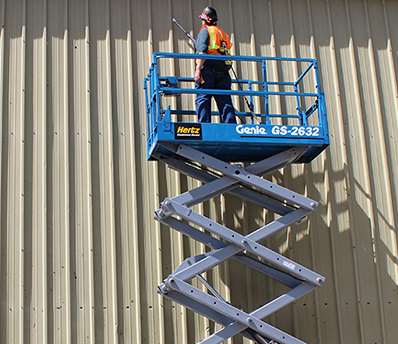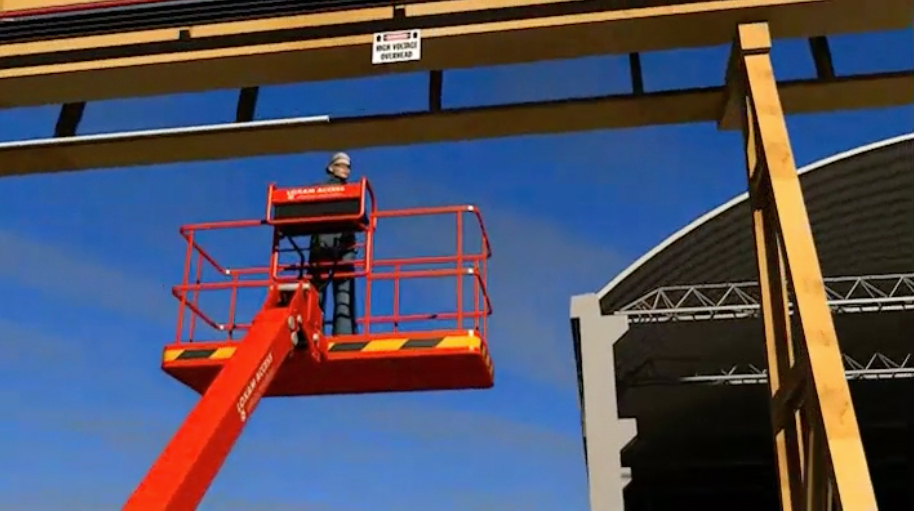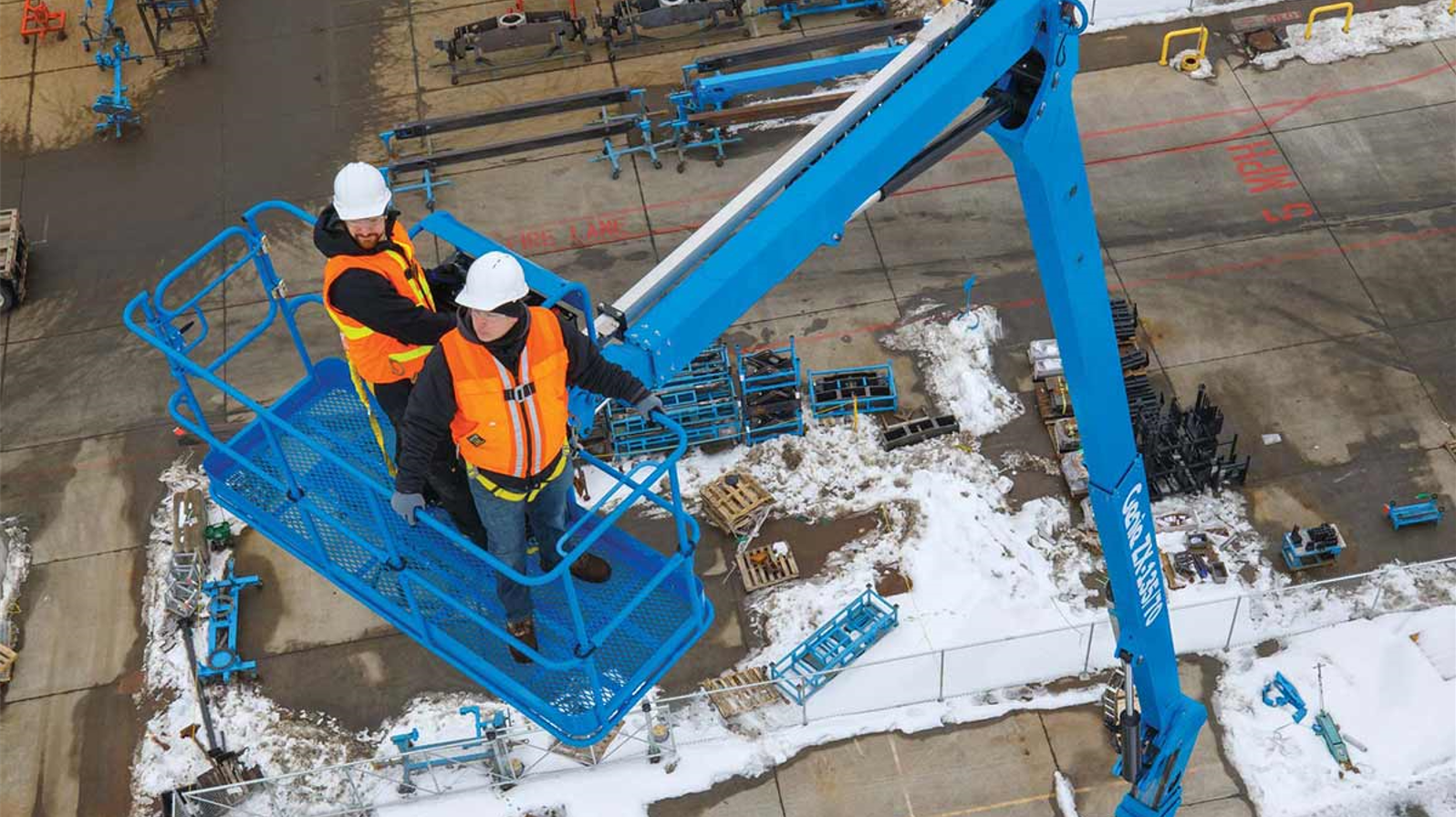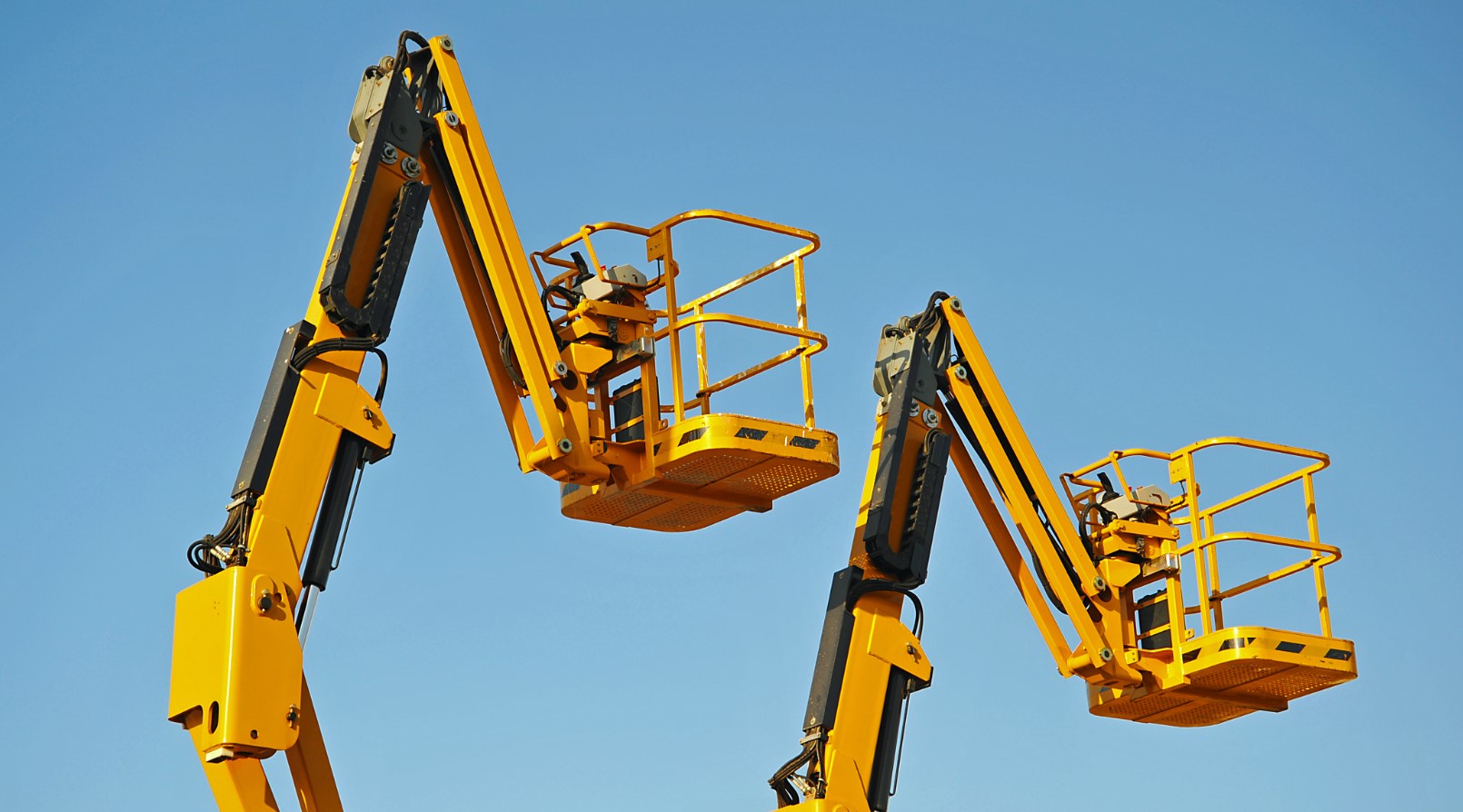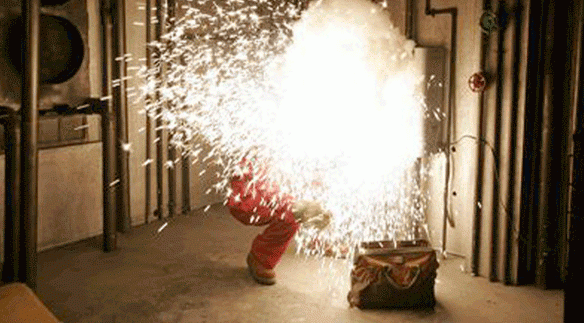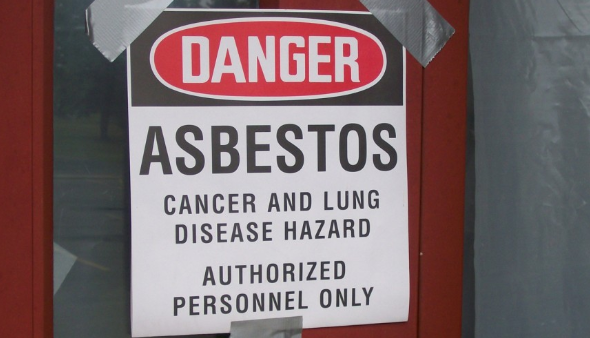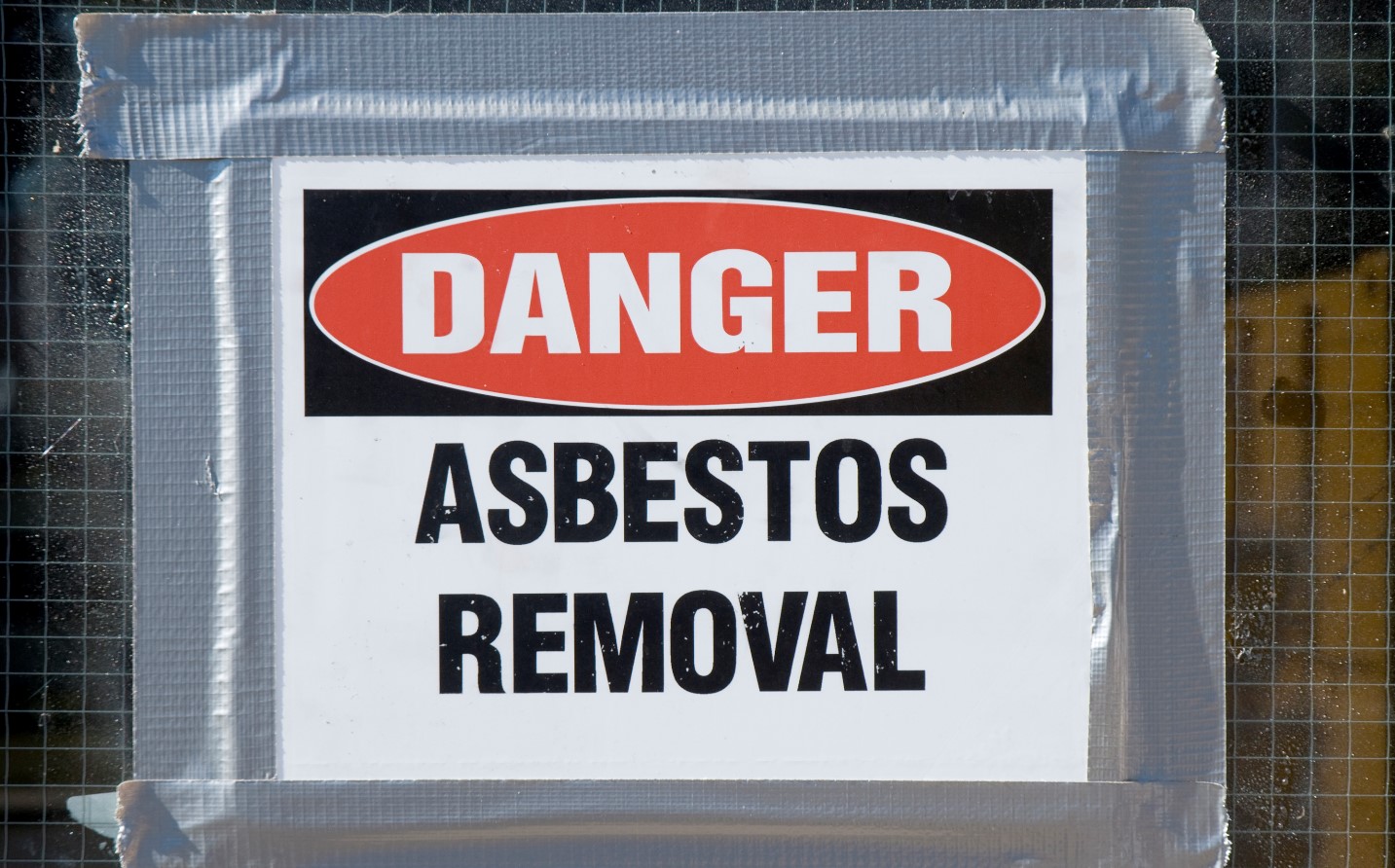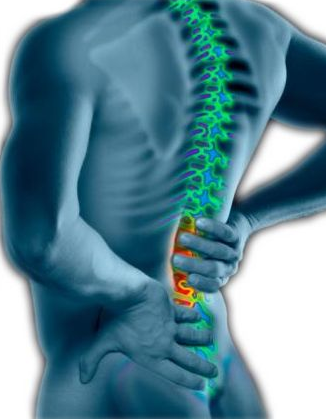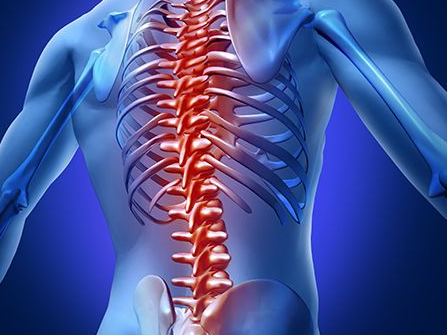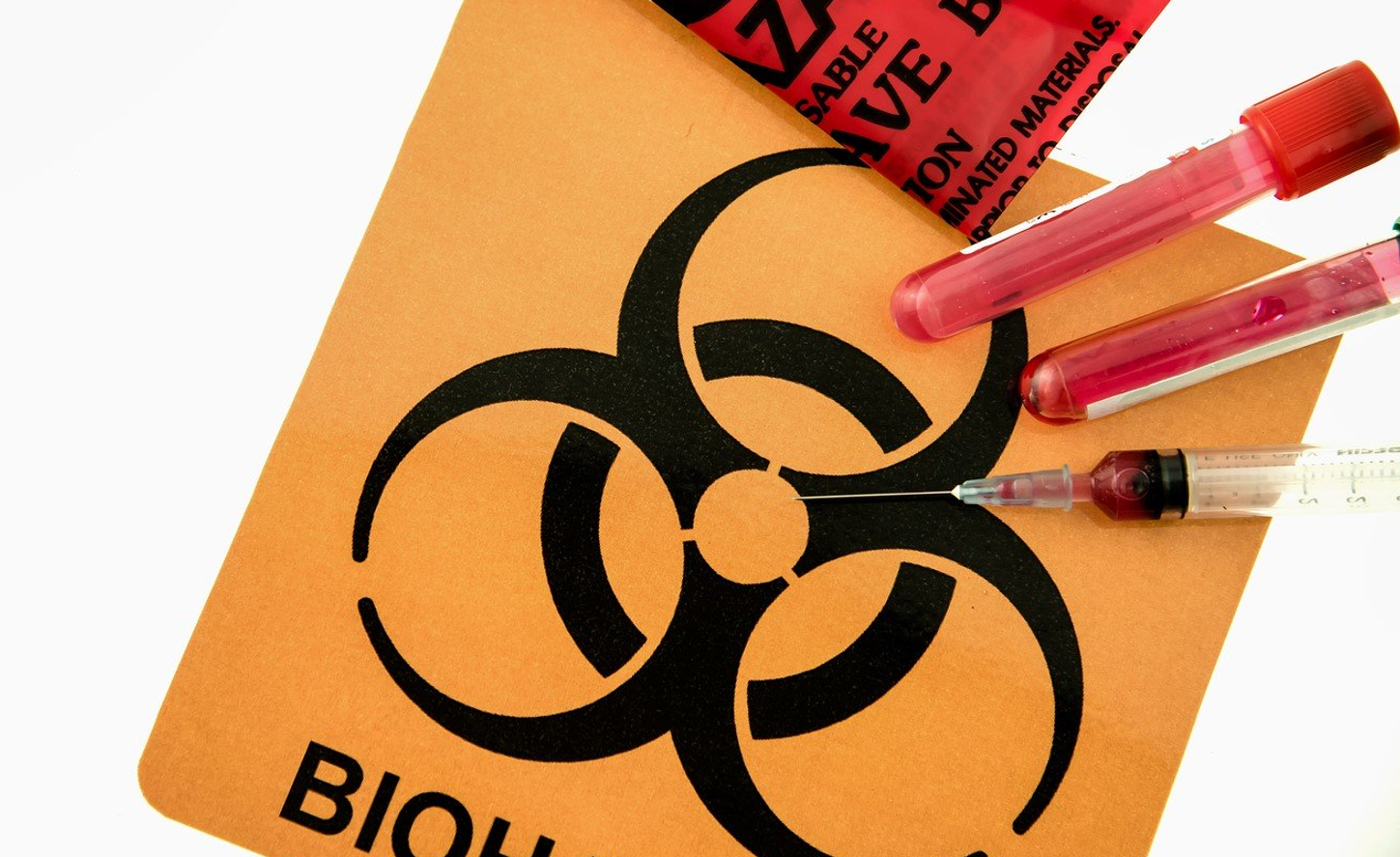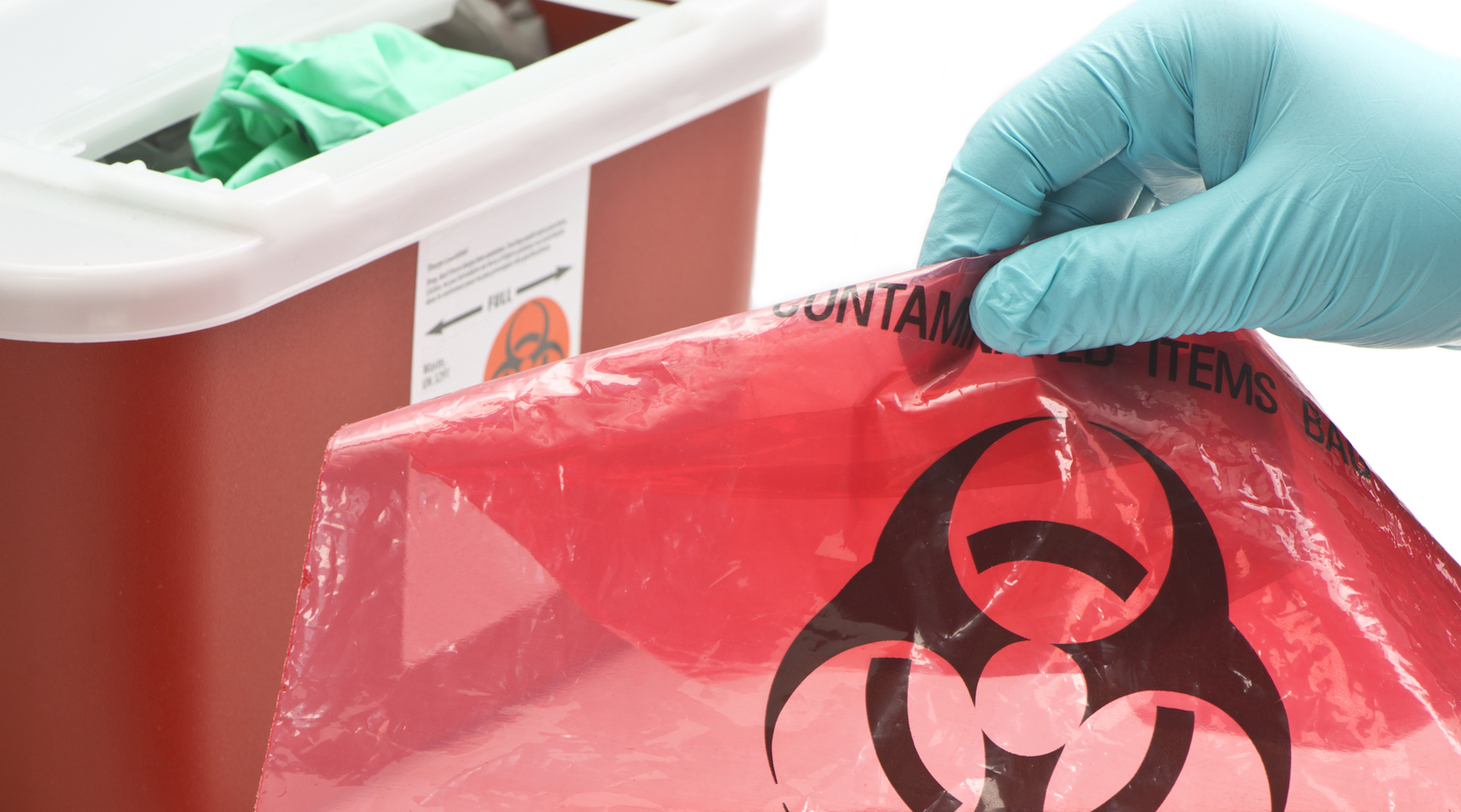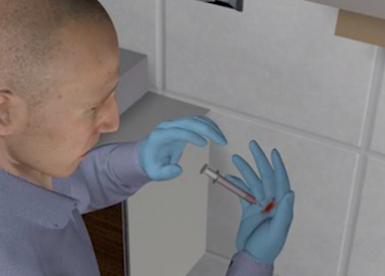At one time or another, almost everyone has one time or another pulled a “harmless” joke on a friend. But there is difference between true witty joke that does not cause any harm and what is commonly known as “horseplay”. The task at hand is to avoid any acceptance of the horseplay mentality in the workplace
The utility and straight hand knife is also a commonly used tool in many industries and the cause of many severe accidents. This quick course will cover the hazards of using a knife incorrectly and how to protect yourself.
Upon completing this course, learners will be able to identify laws for employee absences, recall FMLA requirements, and requirements for advance notice, medical certification, returning to work and provisions for job benefits and job protection.
Accessibility for Manitobans: Everyone Benefits Contains information from the Manitoba government, licensed under the OpenMB Information and Data Use Licence (Manitoba.ca/OpenMB)
In this eLearning course, learners will understand the ins and outs of the Accessibility for Ontarians with Disabilities Act (AODA). This knowledge will include how disabilities are defined, the legal requirements of workplaces, and the punishments for failing to comply with standards.
Active shooter situations are unpredictable and evolve quickly. The goals for this course are to identify warning signs of an active shooter event, explain situational awareness, and describe what to do when law enforcement arrives.
Les situations de tir actif sont imprévisibles et évoluent rapidement. Les objectifs de ce cours sont d'identifier les signes avant-coureurs d'un événement de tir actif, d'expliquer la conscience de la situation et de décrire ce qu'il faut faire lorsque les forces de l'ordre arrivent.
Operating aerial lifts safely begins with preventive maintenance and conditioning of machinery, and there are a lot of considerations before even turning on the key, but the majority of aerial lift accidents happen because of a lack of training or inattention. The most common hazards involving aerial lifts are falls, tip-overs, ejections, structural failure, and electrocution. Inexperience with equipment is another common factor in aerial lift accidents. At a minimum you need to be familiar with correct lift operation, how to perform inspections, and knowledge of manufacturers’ requirements.
Close to 30 deaths are related to aerial lifts each year. The goal of this course is to enable learners to identify the basic types of aerial and scissor lifts, hazards associated with their use, inspection criteria, and safe work practices. (Spanish version)
This bundle provides a comprehensive training package focusing on aerial lift safety, emphasizing the importance of preventive maintenance, proper operation, and adherence to safety protocols. It equips personnel with the essential knowledge and skills needed to navigate the risks associated with working at heights, ensuring both efficiency and security in elevated workspaces.
If your team have to get off of the ground to complete jobs in hard to reach workspaces, then you need to make sure your people have the knowledge to work at heights safely. An aerial lift is any vehicle-mounted device that elevates personnel to perform work in high places.
Il y a environ 30 décès reliés à des appareils de levage chaque année. Le but de ce cours est de permettre aux étudiants d’identifier les types les plus courants des appareils de levage et d’élévateurs à ciseaux, les risques associés avec leur utilisation, leurs critères d’inspection et les méthodes de travail sécuritaire avec ces appareils.
“Air pollution is a major environmental risk to health. By reducing air pollution levels, countries can reduce the burden of disease from stroke, heart disease, lung cancer, and both chronic and acute respiratory diseases, including asthma.”
The Clean Air Act Amendments of 1990 were passed to reduce pollution and establish standards for industrial air emissions.
The purpose of the NFPA standard 70E is to provide a standard for safety-related work practices for the construction, maintenance, operation and demolition of electrical systems in the workplace. This Overview covers awareness-level information for workers who have jobs or assignments that bring them into contact with electrical hazards, such as arc flash and electric shock. Completing this lesson does not designate an employee as an electrically-qualified worker
In this quick course, learners will learn about the hazards and health effects of asbestos. In addition, they will learn about common sources of asbestos in a variety of workplaces and what precautionary measures they can take.
Asbestos is a natural, fibrous silicate mineral. Exposure has proved extremely dangerous; microscopic asbestos fibers, when inhaled, can cause certain types of often fatal lung disease, making asbestos hazard awareness an essential training topic.
El asbesto es un material increíblemente peligroso que ha causado miles de muertes. En este curso, los alumnos recibirán formación para comprender los peligros de la exposición e inhalación del amianto, así como la forma de minimizar la exposición al material tóxico.
L’amiante est un minéral extrêmement dangereux et ayant causé des milliers de décès. Dans ce cours, les étudiants seront formés pour bien comprendre les dangers de l’exposition à l’amiante ainsi que de son inhalation et ils apprendront comment minimiser leurs contacts avec ce matériau toxique.
In this quick course, learners will learn the hazards posed by autoclaves and sterilizers, in addition to best practices for safety.
One of the most common health complaints around the world is back pain. Back pain hurts 80% of people during some point in their lives. The danger is higher for manufacturing, warehouse, hospitality and trades workers, and any other physically demanding job.
This course covers back safety principles, risk factors for back injury, and tips for maintaining a healthy back, including stretching techniques, to help reduce or prevent work-related back injuries, unnecessary pain and mobility issues. (Spanish)
One of the most common health complaints around the world is back pain. Back pain hurts 80% of people during some point in their lives. The danger is higher for manufacturing, warehouse, hospitality and trades workers, and any other physically demanding job.
The purpose of this course is to recognize how practicing good posture while improving your work area conditions and working ergonomically will protect and strengthen your back. Learn how to identify how a healthy lifestyle, and improving your strength and flexibility, con protect you from work-related injuries.
By the end of this lesson employees will know types of respiratory hazards and possible health effects, ways to minimize or eliminate hazards, qualifications for respirator use, types of respirators, selecting the right one, and proper respirator care.
An employer or supervisor can't stand by you every second to see that safety rules are followed. You must take charge of your safety because you have the most to gain — and the most to lose.
Safety is a series of choices made by workers each day, choices involving behaviors in the workplace. It’s in how you train, what precautions you take when performing tasks, and your level of awareness to external factors that may jeopardize your wellbeing.
Accidents and injuries have both a human and a business cost, so it is advantageous for employees to practice safe behaviors and mitigate unsafe behaviors in the workplace. This lesson introduces behavior-based safety concepts to employees and creates awareness around what influences employees to change unsafe behaviors before an accident or injury happens.
A high percentage of all annual work-related fatalities are caused by motor vehicle crashes. Many of these deaths could have been avoided if the drivers and passengers in these vehicles had worn their seatbelts.
Nearly any worker could encounter bloodborne pathogens (BBP) – whether bandaging a co-worker’s cut, stepping on a used hypodermic needle in the alley or helping an accident victim on the way home. This quick course covers the hazards of BBP and how to protect yourself.
Bloodborne Pathogens (BBP) are viruses carried in human blood and other body fluids that cause disease in people. There are many different bloodborne pathogens, including malaria and syphilis, but the human immunodeficiency virus (HIV), hepatitis B (HBV), and hepatitis C (HCV) viruses, which can each lead to liver cancer, pose the most serious threat of workplace exposure.
Bloodborne pathogens are viruses carried in human blood and other body fluids that cause disease in people. There are many different bloodborne pathogens, including malaria and syphilis, but the human immunodeficiency virus (HIV), hepatitis B (HBV), and hepatitis C (HCV) viruses, which can each lead to liver cancer, pose the most serious threat of workplace exposure.
Perhaps no other profession is more at risk of the hazards posed by bloodborne pathogens than the medical profession, but that’s not to say that awareness and prevention measures shouldn’t be prevalent in all workplaces, because the price of ignorance can be very costly and simple understanding of some bloodborne pathogen basics, really can save lives.
The goal of this training course is to educate employees to minimize their exposure to bloodborne pathogens.
A positive safety culture in the work environment is critical to the success and effectiveness of any health and safety program.
A positive safety culture in the work environment is critical to the success and effectiveness of any health and safety program. (Spanish Version)
Carbon Monoxide (CO) is an invisible, tasteless and odorless gas that can be lethal to human beings. Due to its difficult detection, carbon monoxide is a serious concern in the work place.
This lesson provides an overview on how to respond to a cardiac, respiratory emergency and use an AED until professional medical help arrives. This program does not qualify for first aid or CPR certification.
Each day you work with industrial chemicals, there is a high-risk work environment. Although chemicals are a broad category, almost always the substances we’re talking about are unpredictable, unstable, and dangerous when handled unsafely.
This course will show learners how to recognize chemical hazards in the workplace by being able to detect them, protect themselves and understand hazcom programs in place.







